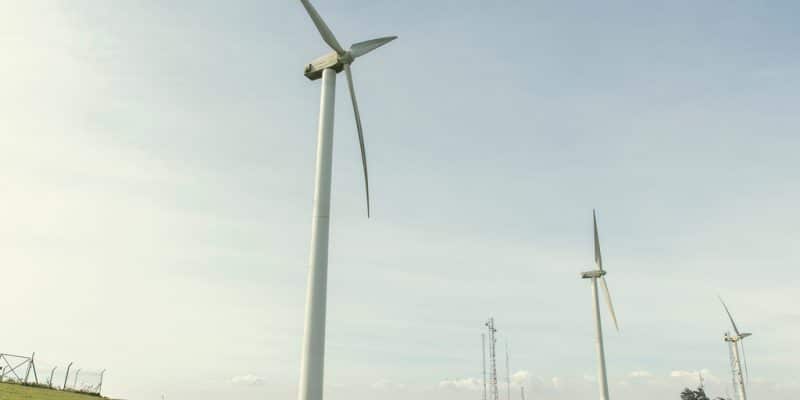Mombasa Cement, Kenya's second-largest cement producer, has recently set up a 36 MW wind farm. The construction of the power plant has been completed and it will be commissioned in December 2019.
Mombasa Cement, the second-largest cement producer in Kenya has completed the construction of its Kilifi wind farm, located 56 km from Mombasa. It will be commissioned in a few weeks.
The facility is composed of 12 wind turbines of 3 MW each. They have been set up on a 1,200-hectare site owned by Mombasa Cement in Vipingo, a small coastal village located about 30 kilometres north of Mombasa. The company also built a clinker plant, one of the components of cement. The wind farm is intended to supply its Athi River cement plant in Machakos County.
“This land is at an altitude of between 7 and 15 m above sea level and includes a steep cliff on its edge. This makes the design of an onshore wind farm less complex,” said Mombasa Cement in 2017. The wind turbines are now ready to supply its plants and have a capacity of 36 MW.
The surplus electricity sold to KPLC
“The electricity produced will be evacuated by overhead cables to an existing substation at Mombasa Cement’s premises to feed the national grid. We have already started building a 132 kV transmission line directly from the main power supply in Kaloleni to ensure a steady supply of electricity,” says Koppal Srikantaiah, a manager at Mombasa Cement.
The wind farm is expected to optimise the operation of its Athi River cement plant, which has an annual capacity of 1.6 million tonnes. It is expected to increase further after the completion of the expansion plan for the Vipingo plant (clinker production) at a cost of 7.5 billion shillings (approximately 74 million dollars).
The surplus electricity produced by its wind farm will be sold to the state-owned Kenya Power (KPLC). But for Mombasa Cement, the Kilifi wind farm will allow it to reduce the impact of KPLC’s grid failures. In 2018, the cement manufacturer lost 16 days of production due to power outages.
Jean Marie Takouleu







